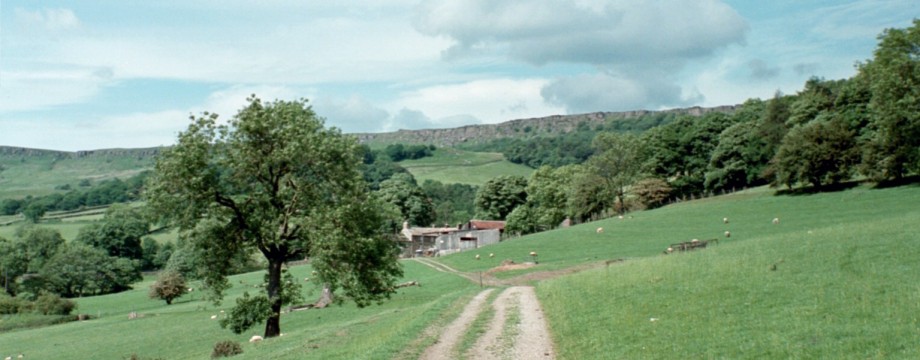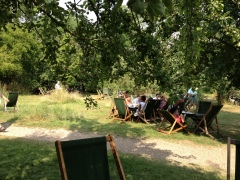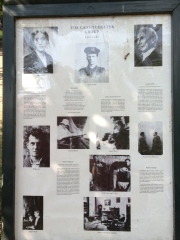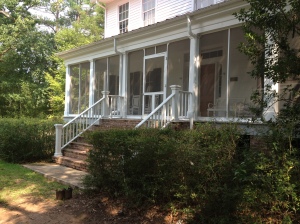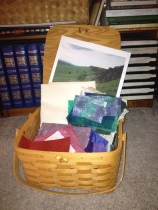 Buying tickets. Ordering clothes. Creating itineraries. It’s easy to get consumed in preparing for travel, wanting everything to be just right. As far as reading, travel guides are the way to go to provide a pathway to a perfect vacation.
Buying tickets. Ordering clothes. Creating itineraries. It’s easy to get consumed in preparing for travel, wanting everything to be just right. As far as reading, travel guides are the way to go to provide a pathway to a perfect vacation.
But there is another way. A way of story.
In writing these words, I realize that I have not taken time to reflect on the stories that are calling me to return to England this summer. Ironically I’m currently rewriting the section of a book on literary pilgrimage that delves into the idea of sacred travel, pilgrimage, a journey to a story. After following in the steps of St. Francis in Assisi a decade ago I understood the places and stories in a way that connected with me deeply. Seeing the journey as a pilgrimage made a difference in how I interacted with the places and people along the way – and how I returned home transformed. Since then I have tried to look at most of my journeys as pilgrimages.
However, for an upcoming trip to the C. S. Lewis Summer Institute at Oxbridge, I have wandered from this way of thinking. Maybe I really haven’t strayed too far, but I have sought to control the travel and set up a well organized, but relatively safe journey. I’ve been trying to create a time that will whisk me away to an eden for a while, instead of seeing the time as opportunity to engage with stories and be transformed.
So, how am I going to move into seeing this time as pilgrimage? Since the Institute is a conference, it has a different flavor than other journeys. But there remains a story to follow. A large part of the story I’m following is that of C. S. Lewis being surprised in finding God in the midst of his search for joy and his living discipleship to Christ in response to that surprise. But I’m also drawn to romantic idea of spending time in Oxford and Cambridge, taking in the sights, lectures, and experiences. And tea, Lots of tea and scones.
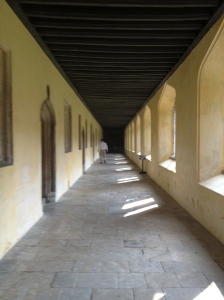 But, primarily, I’m seeking to walk in the story of a God who calls us to follow him.
But, primarily, I’m seeking to walk in the story of a God who calls us to follow him.
With these stories (both the serious and the fun) now in front of me, it’s time to read and reflect on them. It’s also time to pray, not only for my journey, but also for the people I will meet along the way. To pray that I’ll be open to the temporary community that will form. That I will walk over thresholds into new places. That I would see the sacred center of my time through the incarnated life of Jesus – and through the new life with which he covers his people.
As I walked through the streets of Assisi I recalled the words of the psalmist to “taste and see that the Lord is good” (Psalm 34:8). A visceral, physical experience of God in the midst of life. Reflecting on that time, I am now preparing for this journey to England as a pilgrimage, being ready to experience the places and meeting people through the God who is good – though not always safe. Just as Mr. Beaver speaks of Aslan in the first book in the Chronicles of Narnia “Course he isn’t safe. But he’s good. He’s the King I tell you.”
What stories, if any, draw you to travel this year?
